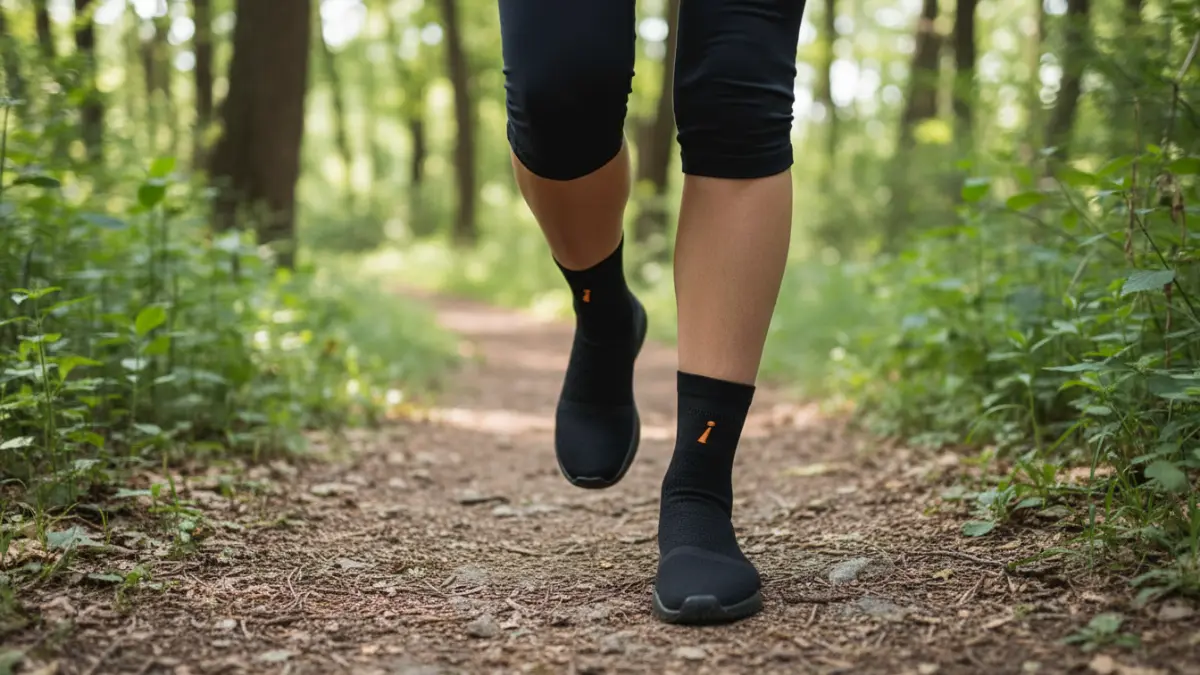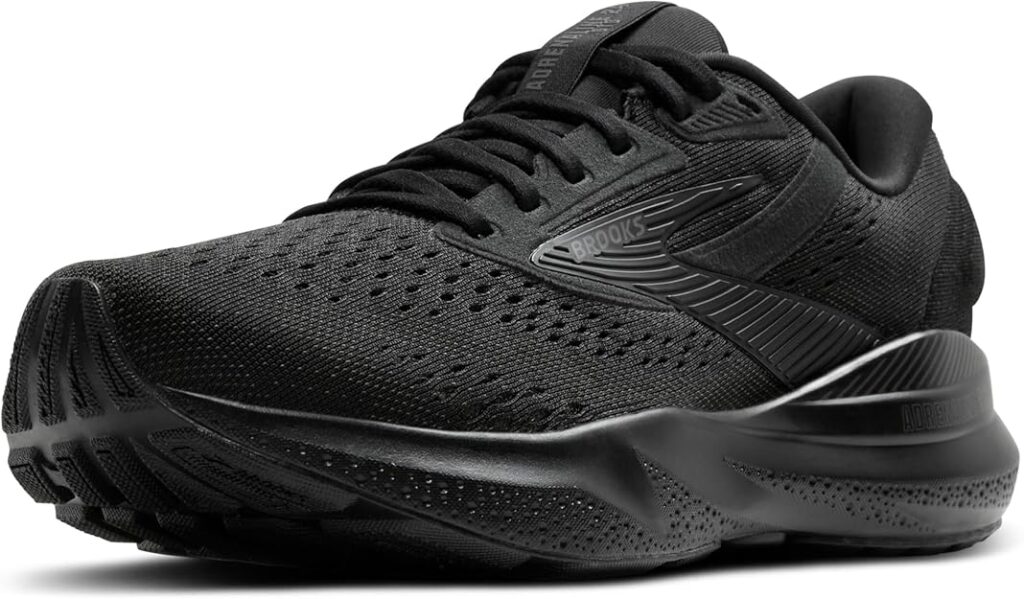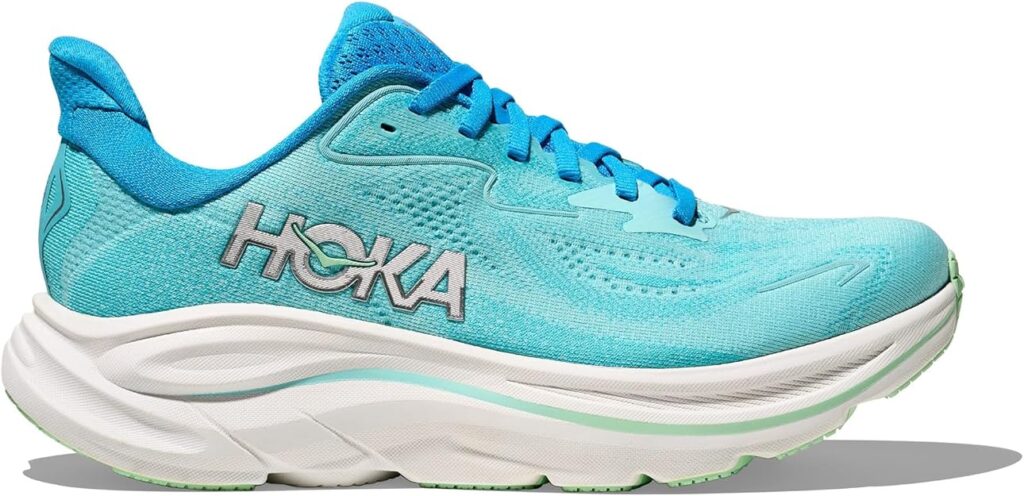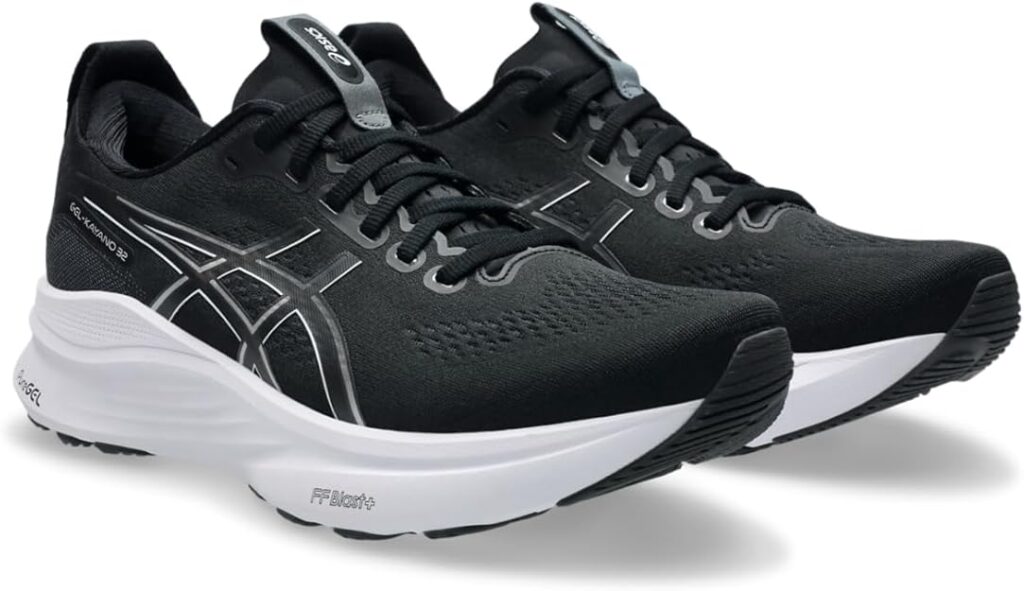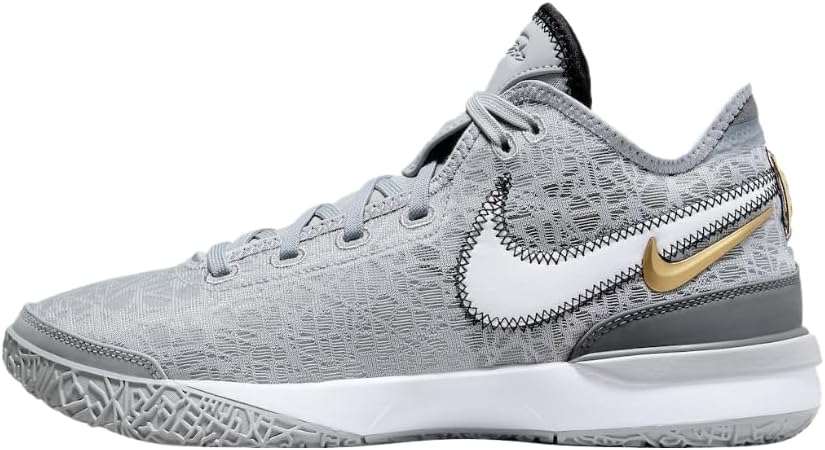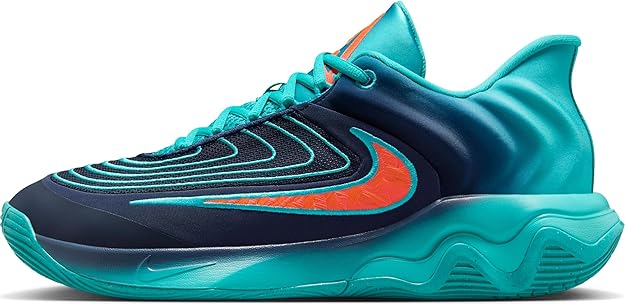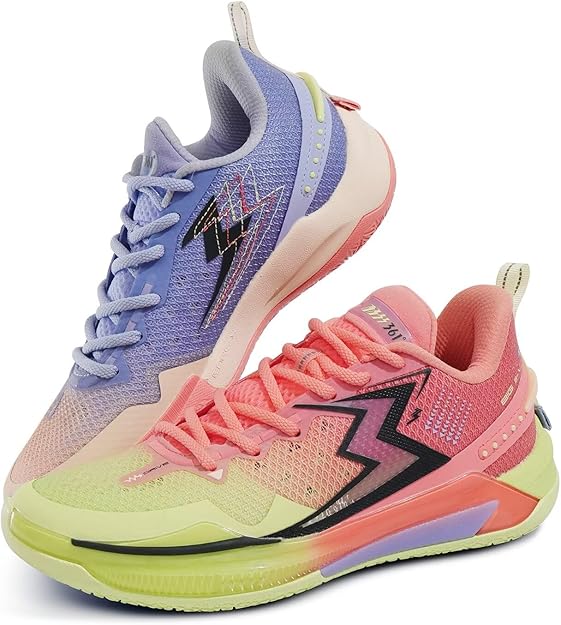Three years ago, I twisted my ankle during a casual pickup basketball game at my local gym. At first I didn’t think much of it—just another minor injury, right? Wrong. That single sprain turned into recurring ankle instability that made me afraid to walk down stairs, let alone play sports. After countless doctor visits, physical therapy sessions, and way too much time on Reddit looking for answers, I finally discovered something that actually worked: the right shoes.
I’m not talking about expensive orthotics or bulky ankle braces that make you feel like you’re wearing casts. I’m talking about properly designed athletic shoes with real ankle support built right in. And honestly? It changed everything. Today I’m going to share what I learned through trial, error, and probably spending way too much money testing different shoes.
What Is Ankle Support and Why Should You Actually Care?
Before I started my ankle journey, I thought “ankle support” was just marketing speak. Turns out, it’s actually a specific set of features that work together to keep your foot from rolling inward (overpronation) or twisting awkwardly during movement.
Think about it like this: your ankle is basically a complex hinge that has to handle your entire body weight with every single step. When that hinge gets weak—whether from injury, genetics, or just doing too many box jumps without proper preparation—you need external support to keep things stable.
The right ankle support shoes do three main things:
Stability features that prevent excessive inward rolling through technologies like GuideRails, medial posts, or reinforced sidewalls
Cushioning systems that absorb impact without being so soft that your foot wobbles around
Structural support including firm heel counters, wider bases, and strategic padding around the ankle collar
I learned this the hard way after buying a pair of ultra-cushioned “comfort” shoes that felt amazing in the store but actually made my ankle problems worse because they were too soft.
Why I Bought My First Real Ankle Support Shoes
After my initial sprain healed (or so I thought), I went back to my regular running shoes. Big mistake. Within two weeks, I rolled my ankle again just stepping off a curb. That’s when my physical therapist sat me down and explained that once you injure your ankle, the ligaments often stay stretched out, making you way more prone to future sprains.
She recommended I look into stability running shoes, specifically mentioning the Brooks Adrenaline GTS series. At first I was skeptical—how could different shoes really make that much difference? But I was desperate enough to try anything.
My Personal Experience: Testing Shoes That Actually Work
I’ve now tested more ankle support shoes than I care to admit. Some were game-changers. Others went straight back to the store. Here’s what I discovered through real-world use.
Best Shoes to Wear for Ankle Support (Walking & Daily Wear)
Brooks Adrenaline GTS 24 became my absolute go-to for everyday walking. The first time I put them on, I immediately noticed the GuideRails technology—these are raised sidewalls that physically keep your foot centered without feeling restrictive. After wearing them for 400+ miles, I can honestly say they’ve prevented at least a dozen potential ankle rolls.
The DNA LOFT v3 cushioning is firm enough to keep you stable but soft enough that you don’t feel like you’re walking on concrete. And the 12mm heel drop? Perfect if you’re a heel striker like me. They’re available in four width options, which was crucial because my feet tend to swell during long walks.
HOKA Clifton 10 surprised me. HOKAs have that maximalist cushioning reputation, so I worried they’d be too soft for ankle stability. But the wide base and firm midsole geometry actually kept my ankles super secure. I wore these during my NYC vacation when I was walking 15,000+ steps daily, and my ankles felt totally fine even in my recovering boot.
The stack height is massive—44.4mm in the heel—but somehow they still feel stable because of the broad platform design. One Reddit user recovering from a stress fracture said these “sort of saved my life”, and honestly, I get it.
ASICS Gel-Kayano 32 is the premium option. These have ASICS’ 4D Guidance System that provides adaptive stability—basically, the shoe adjusts to your foot’s specific pronation pattern. The PureGEL technology under the heel delivers insane shock absorption (133 SA rating in lab tests), which takes so much pressure off your ankles.
They’re heavier than the other options at 10.4 oz, but if you have severe overpronation or chronic ankle issues, that extra weight is worth it for the support you get. Plus, they have the American Podiatric Medical Association seal of approval.
Best Basketball Shoes for Ankle Support

Comparison of basketball and running shoes for ankle support features
This category was crucial for me since basketball is how I originally injured my ankle. And here’s something surprising I learned: high-tops don’t actually prevent ankle sprains better than low-tops. Multiple studies have shown there’s no significant difference. What matters is the overall support system, not collar height.
Nike LeBron 22 is hands-down the best basketball shoe I’ve tested for ankle support. The torsional rigidity is incredible—it scored a perfect 5/5 in lab tests, meaning the shoe simply won’t twist under pressure. The heel counter is thick and reinforced with a plastic piece that locks your ankle in place.
The Zoom Air units provide bouncy cushioning (reviewers rated it 9.3/10), but the midsole is firm enough to prevent wobbling. One reviewer said, “The support is phenomenal… I had no heel slippage or side-to-side movements”. At $179, they’re pricey, but worth every penny if ankle stability is your priority.
Nike Giannis Immortality 4 is the budget pick at under $100. Don’t let the price fool you—these also scored perfect 5/5 ratings for torsional rigidity and heel counter stiffness. The internal double-layered containment system hugs your feet tightly, and the thick heel counter has a plastic reinforcement.
I played in these for three months, and my ankles never felt uncertain during cuts or jumps. The only downside is the outsole isn’t durable enough for outdoor courts, so stick to indoor gyms.
New Balance Two WXY V5 offers the most versatile support. The high lateral walls and extended heel collar gave me incredible stability, plus there’s an extra eyelet at the top for additional heel lockdown. The shock absorption scored 101 SA at the heel, making it perfect if you’re a big who does lots of rebounding.
Best Running Shoes for Ankle Support
Brooks Adrenaline GTS 24 (yes, again). It works just as well for running as it does for walking. The 13.5mm heel drop is ideal for heel strikers, and that firm 25.1 HA foam provides responsive stability without feeling dead underfoot. I’ve run up to 10 miles in these without any ankle discomfort.
ASICS GT-1000 14 is your budget option for running with ankle support. These have LITETRUSS technology with firmer foam in the arch area that prevents your ankle from rolling inward. At only $100, they’re a steal. The GEL cushioning provides decent shock absorption, though not quite as plush as the Kayano.
Saucony Tempus 2 became my favorite after my ankle injury. One Reddit user said, “When I had an ankle injury I started using Saucony Tempus 2 and I love them. Light, stable, cushioned and fun and fast!”. They have a stability plate that guides your foot through the gait cycle while still feeling responsive enough for tempo runs.
HOKA Speedgoat 6 for trail running. Trail running terrified me after my ankle injury—all those roots, rocks, and uneven surfaces seemed like sprain city. But the Speedgoat’s wide base and maximalist cushioning kept me stable even on technical terrain. The generous stack height absorbs impact from rocky landings, protecting your ankle joints.
Features and Benefits That Actually Matter
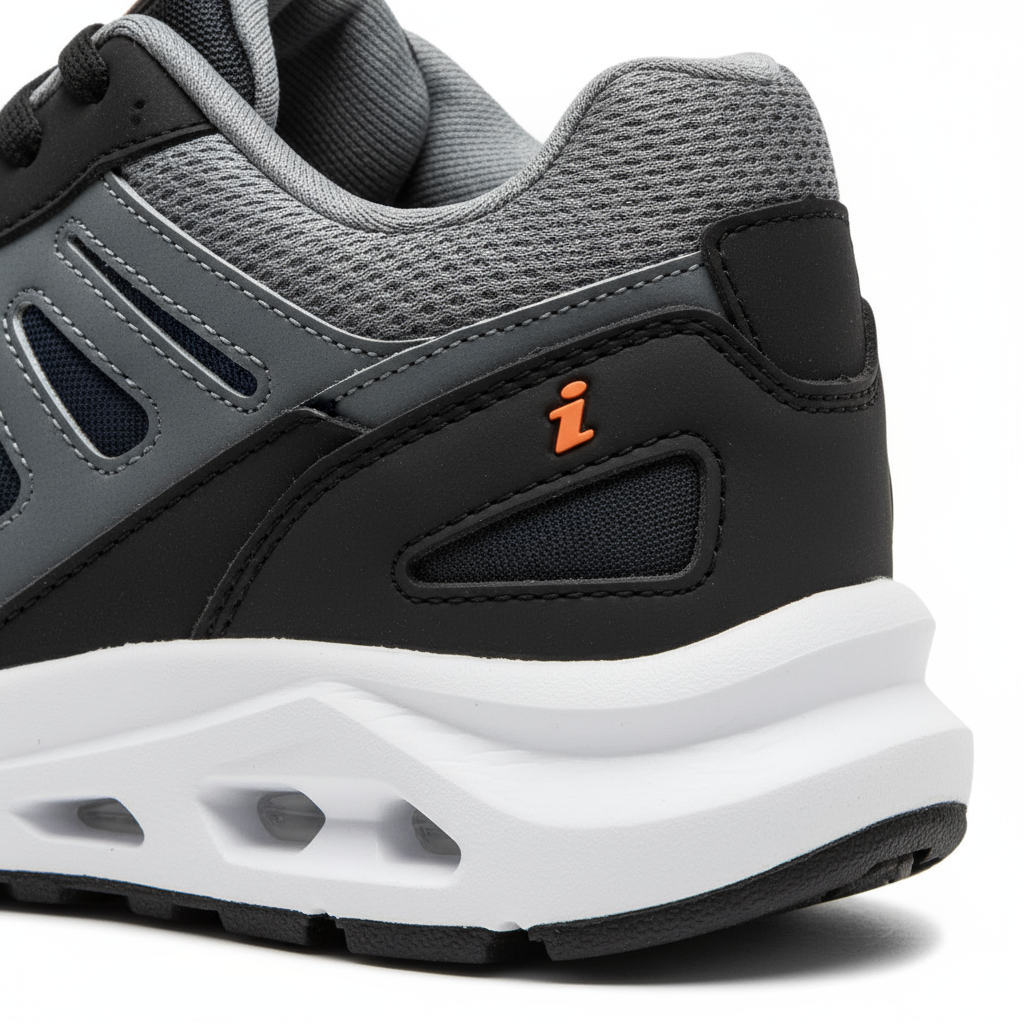
Close-up detail of ankle support shoe construction and heel counter design
After testing all these shoes, I learned to look for specific features that translate to real-world ankle protection:
Firm heel counters are non-negotiable. The heel counter is that stiff cup at the back of the shoe. When it’s rigid, it prevents your heel from sliding around or tilting sideways. Every shoe I recommend scored at least 4/5 on heel counter stiffness tests.
Wide, stable bases changed my life. Shoes with wider forefoot platforms (114mm+) and heel bases (95mm+) give you more surface area contact with the ground. It’s like the difference between standing on stilts versus standing on snowshoes—more base = more stability.
GuideRails or stability technologies actively prevent overpronation. Brooks’ GuideRails extend along both sides of the midsole, creating raised sidewalls that keep your foot centered. ASICS uses a 4D Guidance System, while HOKA relies on geometry and foam density variations. They all work, just differently.
Strategic cushioning placement matters more than cushioning amount. Too much soft foam = unstable ankles. The best shoes use firmer foam in the heel and midfoot for stability, with softer foam in the forefoot for comfort.
Low to moderate heel drops (4-12mm) promote better ankle alignment. Drops higher than 13mm can alter your gait in ways that stress your ankles. But drops too low (0-4mm) can also cause ankle pain if you’re not used to them.
Pros and Cons: The Honest Truth
After living in ankle support shoes for three years, here’s what you need to know:
Pros:
Actually prevent ankle sprains—I went from monthly rolls to zero in the past year
Reduce chronic ankle pain significantly
Improve overall stability during sports and daily activities
Can eliminate the need for bulky ankle braces
Help with related issues like knee pain and plantar fasciitis
Cons:
More expensive than regular athletic shoes ($100-180 typically)
Usually heavier than neutral shoes
Can feel overly supportive at first—takes about a week to adjust
Not ideal for minimalist or barefoot running enthusiasts
May need to replace more frequently if you’re active (every 300-500 miles)
Comparison with Alternative Solutions
I tried ankle braces before investing in proper shoes. Ankle braces definitely work for acute injury recovery, but they’re not practical for daily wear. They’re bulky, make your shoes tight, can weaken ankle muscles if worn constantly, and honestly just feel restrictive.
Ankle support shoes give you 80% of the stability benefit without the drawbacks. You can wear them all day comfortably, they don’t require sizing up your shoes, and they actually encourage proper foot mechanics rather than just immobilizing everything.
Some people swear by ankle strengthening exercises alone. And yes, exercises are important—I do calf raises and balance work religiously. But when you already have ligament damage, exercises alone aren’t enough to prevent sprains during high-impact activities. You need both: proper shoes AND strengthening work.
Who Should Buy Ankle Support Shoes?
Based on my experience and countless conversations with others dealing with similar issues, these shoes are perfect for:
People recovering from ankle sprains who want to stay active without re-injury
Athletes with a history of ankle rolling, especially in basketball, volleyball, or tennis
Overpronators whose feet naturally roll inward excessively
Anyone with weak or unstable ankles from genetics or previous injuries
Runners dealing with chronic ankle pain or discomfort
People who spend all day on their feet and want preventive protection
If you’ve ever rolled your ankle and thought “that could’ve been worse,” you probably need better shoes. Trust me, waiting until you have a serious sprain is not the move.
Three FAQs People Actually Ask Me
Do high-top shoes prevent ankle sprains better than low-tops?
No, and this surprised me too. Multiple scientific studies found no significant difference in ankle sprain rates between high-top and low-top basketball shoes. What matters is the shoe’s overall stability system—heel counter stiffness, base width, and support technologies. I’ve had better ankle stability in low-top basketball shoes with good support than high-tops with poor structural design.
Can ankle support shoes fix my chronic ankle instability?
They can definitely help manage it, but they’re not a cure. Shoes with proper support reduce the risk of sprains by limiting excessive motion and providing stability. However, you should combine them with physical therapy exercises to strengthen the ankle muscles. I did both, and that combination is what finally got my ankles back to normal function.
Will wearing ankle support shoes weaken my ankles over time?
This is a myth that almost kept me from trying proper shoes. Research shows that ankle support shoes don’t weaken your ankles the way rigid braces might. Quality stability shoes still allow natural foot movement—they just prevent excessive, harmful motion. I’ve been wearing them for three years and my ankles are actually stronger now because I can exercise consistently without injury.
Final Verdict: Worth Every Single Dollar
Here’s my bottom line after three years of testing: investing in proper ankle support shoes was one of the best decisions I’ve made for my health. I went from being scared to walk on uneven surfaces to confidently playing pickup basketball twice a week.
If you’re dealing with ankle instability, chronic sprains, or overpronation, start with the Brooks Adrenaline GTS 24. It’s the most versatile option that works for walking, running, and general daily wear. At $150, it’s not cheap, but it’s way less expensive than physical therapy copays or orthopedic appointments.
For basketball specifically, save up for the Nike LeBron 22. The ankle support is unmatched, and the performance is incredible. Your ankles will thank you.
And if budget is tight, the ASICS GT-1000 14 gives you solid stability technology for only $100. It’s not as plush as premium options, but it absolutely gets the job done.
One last thing: don’t wait until you have a serious injury to address ankle weakness. I wish someone had told me three years ago that the right shoes could prevent months of pain and rehab. Learn from my mistakes.
Ready to finally give your ankles the support they deserve? Check out these shoes and see which ones work best for your specific needs. Your future self—the one confidently crushing workouts without fear—will thank you.

